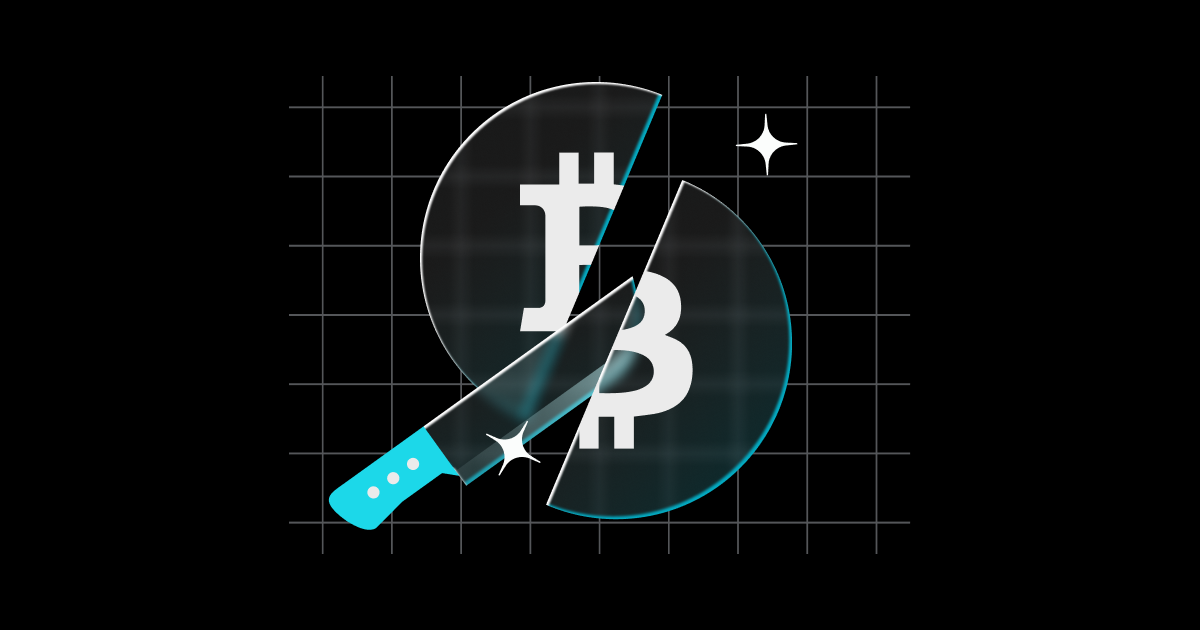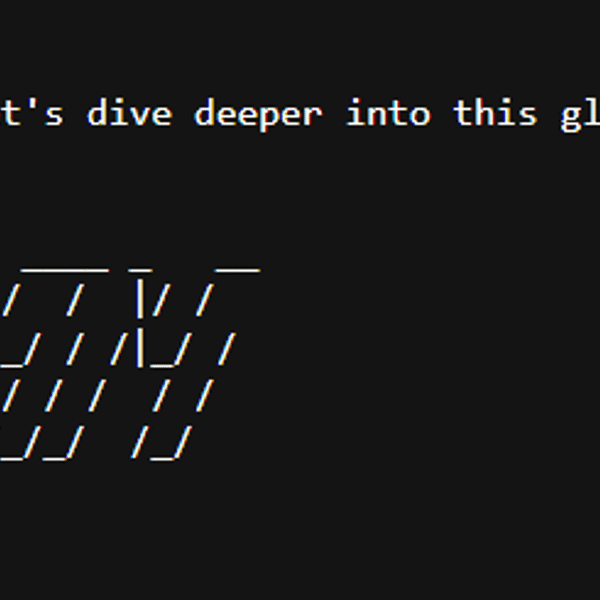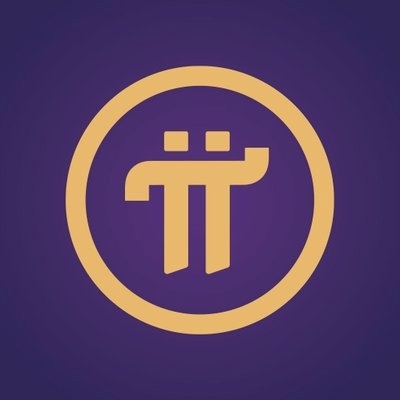Top Crypto Gaming Coins to Watch in 2025
Introduction
The crypto gaming (GameFi) sector has continued to experience exponential growth entering 2025, driven by new technological breakthroughs, mainstream gaming partnerships, and heightened institutional interest. Blockchain-based games now account for a substantial share of daily decentralized application (dApp) activity, and investor demand for GameFi tokens is surging. In the past six months, gaming coins like NOTCOIN have captured headlines for their price rallies and innovative updates. According to CoinMarketCap, the total crypto gaming market cap recently surpassed $15 billion, indicating stronger market momentum than ever before.
Major industry players such as Ubisoft, Square Enix, and Epic Games have deepened their Web3 investments. Meanwhile, the introduction of Layer 2 scaling solutions and decentralized marketplaces has enhanced the scalability and utility for gaming tokens. From blockchain-based MMOs to play-to-earn (P2E) economies, crypto gaming coins continue to foster unprecedented engagement and cultural impact, making them an attractive sector for both crypto and traditional investors.
Before diving into the individual projects, it’s essential to understand what defines crypto gaming coins and why many analysts, including leading crypto investor Arthur Hayes, predict their significant role in the next stage of Web3 adoption.
What Are Crypto Gaming Coins?
Crypto gaming coins, also known as GameFi tokens, are cryptocurrencies designed to power blockchain-based gaming ecosystems. Unlike traditional in-game currencies, these coins typically exist on public blockchains such as Ethereum, BNB Chain, or Polygon. They serve a range of functions: rewarding players for in-game achievements, facilitating digital asset trading, governance, and more.
Their unique appeal lies in the ability to confer real-world value to digital play, creating vibrant player economies around NFTs, staking, and decentralized governance. This model has proven particularly attractive to younger demographics and markets where play-to-earn initiatives provide meaningful financial opportunities. Community support and social media engagement, especially through platforms like Discord, Telegram, and X (formerly Twitter), are central to the explosive growth and cultural resonance of crypto gaming tokens.
In 2025, the convergence of advanced gameplay, interoperable metaverse assets, and transparent tokenomics has set the stage for a mature and dynamic GameFi market. Let’s explore the major projects defining this space, delving into their origins, token performance, and investment outlook.
Overview of Leading Crypto Gaming Coins in 2025
A selection of the highest market cap and most socially relevant gaming tokens has been curated from CoinMarketCap and CoinGecko. This analysis uses the latest data to provide in-depth commentary on performance, community sentiment, and ecosystem development. All projects discussed are live crypto gaming initiatives with significant traction, innovative design, and active developer teams.
1. NOTCOIN (NOT)
NOTCOIN has dominated social media and exchange headlines since its explosive debut on The Open Network (TON) on 16 May 2024. Originally launching as a viral Telegram-based clicker game, NOTCOIN quickly amassed over 30 million users within months, transforming onboarding for both crypto newcomers and experienced players. The NOT token was officially listed on major exchanges including Bitget.
Market Performance & Ecosystem Development
The NOT token soared from its launch price to a market cap exceeding $343M by May 2025, buoyed by community-driven contests, frequent token airdrops, and ecosystem expansion. With Telegram integration and direct wallet support, NOTCOIN has maintained a frictionless and accessible user experience. Celebrity endorsements by influencers such as Durov (Telegram Founder) and coverage on Decrypt have further cemented its cultural impact.
Advantages & Disadvantages
Advantages:
Unmatched user base growth and low onboarding friction due to Telegram integration.
Strong branding and constant community engagement.
Regular updates and partnership announcements.
Disadvantages:
Heavy reliance on Telegram for sustained relevance.
Limited gameplay mechanics compared to more sophisticated blockchain games.
Susceptibility to speculative hype cycles.
2. Immutable (IMX)
Launched in November 2021 by Immutable, an Australian blockchain tech company, the IMX token serves as the backbone for the Immutable X Layer 2 scaling solution on Ethereum. This platform enables highly scalable, gas-free NFT minting and trading, powering top blockchain games like Gods Unchained, Illuvium, and Guild of Guardians.
Market Performance & Ecosystem Development
IMX’s market cap now exceeds $1.2B after a bullish 2025. Its NFT trading volume is among the top three globally, with an active developer community constantly shipping updates for gaming studios seeking high throughput. Immutable’s recent "Zero-Knowledge Rollups" implementation further reduces transaction fees and encourages mainstream adoption.
Advantages & Disadvantages
Advantages:
Proven infrastructure with billions in recorded NFT trades.
Active partnerships and onboarding of top-tier gaming IPs.
High transaction throughput and eco-friendly Layer 2 model.
Disadvantages:
Stiff competition from other NFT gaming chains, such as Polygon and Ronin.
Token volatility is linked closely to broader NFT market health.
3. Gala (GALA)
Founded in 2020 by Eric Schiermeyer (co-founder of Zynga), Gala Games has emerged as one of the most active platforms for blockchain-based entertainment. Its ecosystem includes games, music, film, and DeFi apps – all powered by the GALA token. The project's broad entertainment scope makes GALA a compelling investment beyond just gaming.
Market Trends & Use Cases
By May 2025, Gala Games’ token reached a market cap of $907M, driven by the release of new blockbuster titles like "Mirandus" and successful collaborations with AAA studios. GALA tokens serve as rewards, governance, and payment for digital assets, with the launch of GalaChain (a proprietary L1 blockchain) dramatically reducing in-game operational costs and latency.
Advantages & Disadvantages
Advantages:
Diverse ecosystem incorporating music, film, and user-owned nodes alongside gaming.
Robust partnerships with renowned developers and entertainers.
Strong developer incentives via GalaChain's low fees and high throughput.
Disadvantages:
Fierce competition within the rapidly evolving Web3 gaming sector.
Potential overextension with an ambitious multi-sector roadmap.
4. Axie Infinity (AXS)
Axie Infinity, created by Vietnamese studio Sky Mavis in 2018, remains a GameFi powerhouse. AXS, the governance and reward token, reached mainstream fame during the 2021-2022 bull run. While play-to-earn earnings declined during the market correction, Sky Mavis renewed momentum with Season 2 gameplay updates, and the launch of Axie Core revitalized player activity.
Market Trends & Growth
Currently sitting at a $512M market cap, AXS continues to attract players with new NFT drops, staking opportunities, and a thriving eSports scene. Axie Infinity’s proprietary Ronin blockchain increases transaction speed, reducing user fees and enabling seamless onboarding, especially in Southeast Asia – a crucial demographic for blockchain gaming growth.
Advantages & Disadvantages
Advantages:
Longest-running, fully featured GameFi ecosystem with real-world financial opportunities.
Proprietary blockchain (Ronin) enhances speed and scalability.
Continued developer updates and global tournaments.
Disadvantages:
Regulatory scrutiny over tokenomics and scholarship programs.
Dependency on continuous player inflow for sustainable ecosystem economics.
5. The Sandbox (SAND)
The Sandbox, launched in 2011 by Pixowl, offers a metaverse for user-generated content, games, and digital real estate, powered by the SAND token. Its voxel-based world enables brands and creators to build, monetize, and trade digital experiences on Ethereum and Polygon.
Ecosystem Overview & Performance
SAND trades at a $847M market cap (May 2025) as The Sandbox expands into sports, music, and entertainment, securing deals with global brands like Adidas, Snoop Dogg, and Warner Music Group. The ecosystem features LAND NFTs, avatar sales, and exclusive metaverse events. The launch of creator-focused monetization tools keeps activity levels high.
Advantages & Disadvantages
Advantages:
Strong brand partnerships drive mainstream adoption.
Vibrant creator economy with profitable LAND sales.
Regular platform updates and community events.
Disadvantages:
High entry costs for prestigious LAND plots.
NFT market downturns directly impact ecosystem activity.
6. Enjin Coin (ENJ)
Enjin, founded in 2009 and pivoting to blockchain in 2017, is a trailblazer for NFTs in gaming. ENJ powers a toolkit for game developers to issue, manage, and trade NFTs with real-world value, supporting cross-platform interoperability and multiple chains like Ethereum and JumpNet.
Recent Developments
ENJ has maintained a healthy $165M market cap amid strategic integrations for AAA game studios and indie developers alike. Recent updates include the launch of Enjin Blockchain, enhancing speed and lowering costs for NFT issuance. Notably, ENJ emphasizes eco-friendly solutions and user-controlled asset sovereignty.
Advantages & Disadvantages
Advantages:
Comprehensive SDKs and developer support for NFT integration.
Multiple live games using Enjin infrastructure.
Strong stance on digital ownership and interoperability.
Disadvantages:
Competitive pressure from rapidly growing Layer 2 gaming chains.
ENJ price susceptible to broader NFT and altcoin market trends.
7. Illuvium (ILV)
Illuvium is an open-world RPG adventure game built on Immutable X, developed by Illuvium Labs in 2020. ILV is used for governance, staking, and rewarding players through competitive battles and in-game NFT collections. Illuvium’s AAA graphics and DeFi elements set it apart in an increasingly crowded GameFi market.
Market Analysis
With a current market cap of approximately $112 million, ILV tokens are boosted by its unique gameplay experience and celebrity endorsements from crypto influencers like Alex Becker. Illuvium Arena, brought new user engagement and increased NFT volume, reinforcing its high production values and franchise potential.
Advantages & Disadvantages
Advantages:
AAA-quality graphics and innovative DeFi-Gaming hybrid mechanics.
Built on Immutable X, granting zero-gas NFT transactions.
Active developer roadmap and expanding lore.
Disadvantages:
High development and marketing costs.
Market cap volatility influenced by speculative NFT trends.
Conclusion
The crypto gaming industry stands poised for dramatic growth in 2025, as blockchain innovations fuel new engagement models, and major companies deepen their investments in Web3 entertainment. Leading coins like NOTCOIN, IMX, GALA, AXS, SAND, ENJ, ILV, and UOS are laying the foundation for a decentralized future where players and creators alike share in the rewards of the digital economy.
While each GameFi token presents unique entry points and potential rewards, prospective investors must remain mindful of the risks: market volatility, evolving regulations, and competitive pressures can impact returns. Crypto celebrities and analysts such as Arthur Hayes and Alex Becker have highlighted both the extraordinary potential and the need for diligent research in this fast-moving space.
FAQ Section
Q1: Is NOTCOIN worth buying in 2025?NOTCOIN has demonstrated rapid user adoption and market momentum, especially with its integration into Telegram. While its community and branding are strong, investors should be cautious of its speculative cycles and the need for diversified gameplay.
Q2: What is the safest crypto gaming token to invest in?No investment is without risk, but projects like Immutable X (IMX) and Gala Games (GALA) offer established ecosystems, stable partnerships, and broad developer adoption that may offer more resilience in volatile markets.
Q3: Can I earn passive income with crypto gaming coins?Yes, several GameFi tokens offer staking, governance rewards, or participate in in-game economies. Projects such as AXS and ILV provide mechanisms for both passive and active income, but always vet tokenomics and platform sustainability first.
Bitget Academy2025-05-15 09:31





















































































































![BitTorrent [New]](https://img.bgstatic.com/multiLang/coinPriceLogo/c87b5c29752b2123cca40f4dd2c6b6501710522527061.png)
























